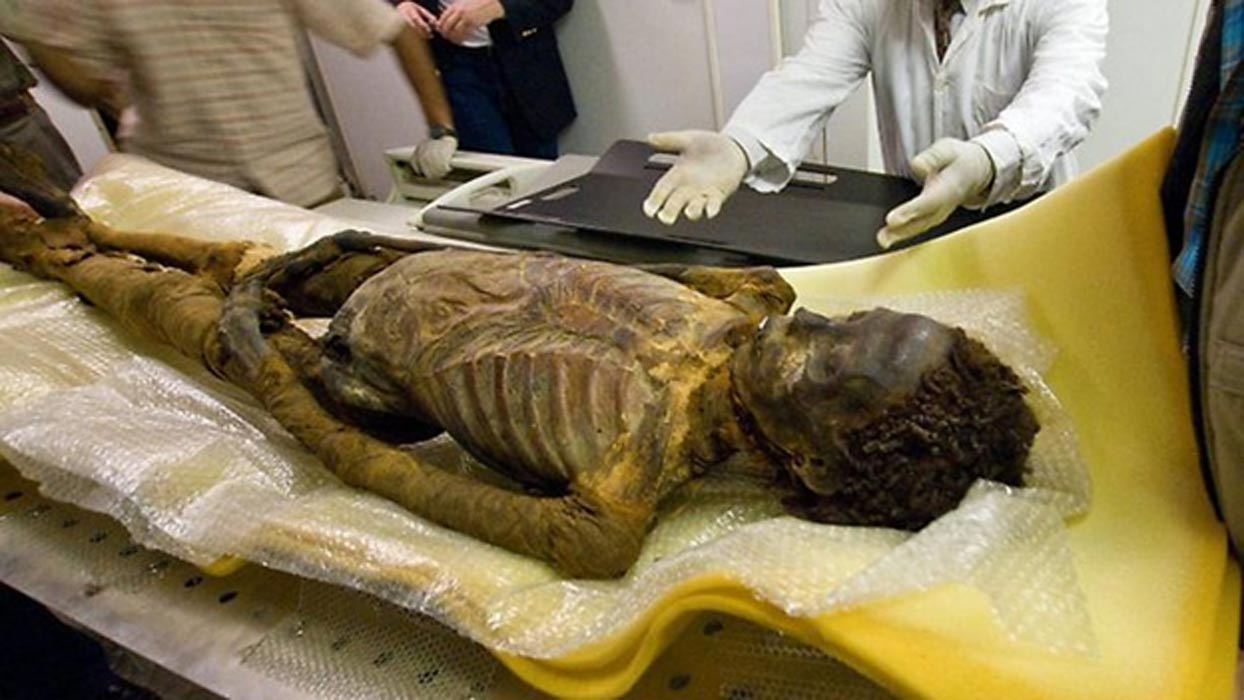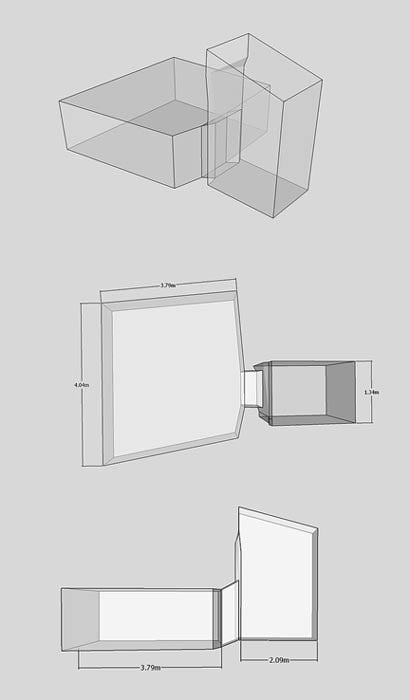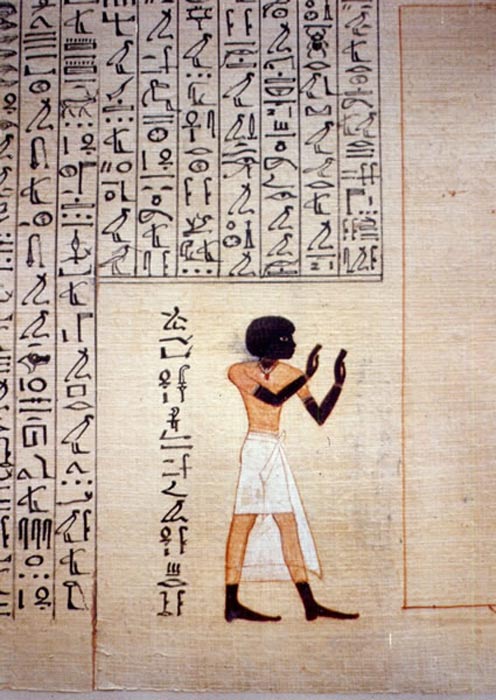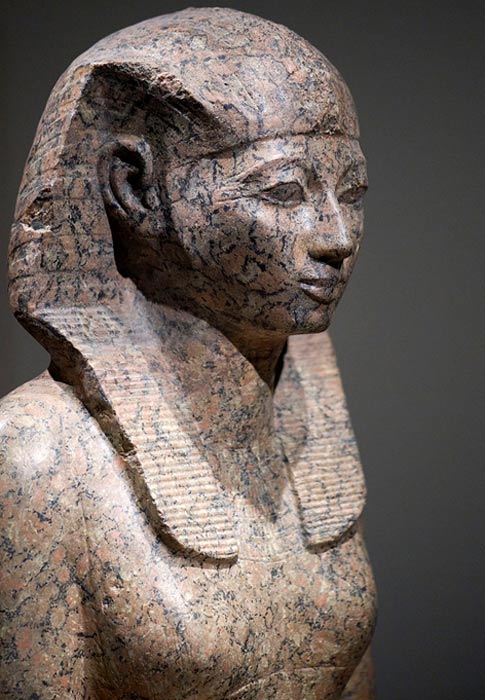
The mummy of Maiherpri is so well preserved that it almost looks like he is in a peaceful sleep. He was buried in the Valley of the Kings, but his life is full of secrets.
The mummy was unwrapped on March 22, 1901. The first person to see his face centuries later was Georges Daressy. Daressy was overwhelmed with the state of the mummy’s preservation. After taking off the mummy mask, he saw the beautiful face of a young man which looked more Nubian than most of the people whose burials had already been discovered in the Valley of the Kings. Although the mummification process and natural skin complexion weren’t clear, with time the researchers concluded that Maiherpri must have been a Nubian. Victor Loret believed that the remains were from a burial of a royal prince who lived during the 18th dynasty.
I

A Tomb Full of Treasures
The tomb was located by Victor Loret in 1899. It was unearthed between the tomb of Amenhotep II (KV35) and Bay (KV13). It was discovered in modern times and contained many precious artifacts, however, it never attracted much attention by researchers. The tomb is a small shaft with an undecorated burial chamber and similar to other tombs of non-royal people in the Valley.

I
Isometric plan and elevation images of KV36 taken from a 3D model.
When Loret opened the tomb, the mummy was still located inside two coffins. The body was robbed in antiquity. Most of the precious jewelry and amulets had disappeared and many parts of the equipment were broken. However, the number of discovered items was impressive. The team of archaeologists discovered artifacts which were extremely similar to the ones discovered in the tomb of Yuya and Tuya, parents of legendary Queen Tiya, wife of Amenhotep III.
The thieves, who entered the tomb soon after the burial, stole non funerary linen, clothing, precious gems, and jewelry. However, many items remained, including: the magnificent papyrus with an inscription and portrait of the owner, the Book of the Dead, plant remains, bread, meat joints, stone and pottery vessels, a fiance bowl, four small seals, two dog collars, two bracers, seventy-five arrows, two quivers, a game box and gaming pieces, canopic jars and their chest, an Osiris bed, earrings, bracelets, beads, parts of a necklace, amulets, and an embalming plaque.

Photograph of Victor Loret. ( Imagenes de Egipto )
The mummy was discovered in two anthropoid coffins and with the outer wooden shrine. The researchers also discovered a third anthropoid coffin, which was unused. There have been a few different theories about it, but the most popular one says that the coffin was too big to become one of the complete set of coffins.
The young man died when he was only in his twenties, but he seems to have been an important person. He was buried next to a ruler and the father of Thutmose IV, making researchers believe that he lived in the period when Amenhotep II’s son was pharaoh.
The most mysterious part of the mummy’s story is connected with the cartouches discovered in the tomb. A linen winding sheet from the tomb carries a cartouche of Hatshepsut, but researchers believe that the tomb belongs to a later period.

Book of Dead of Maiherpri, 18th Dynasty. ( CC BY 3.0 )
The Forgotten Story of a Nubian Noble
Most of the details connected with the mummy’s life are uncertain. However, the fact that he was buried in the Valley of the Kings suggests that he was a very important person. According to some researchers, he lived during the reign of Thutmose IV, the son of Amenhotep II. Some researchers also speculate that Maiherpri was a son of a pharaoh’s concubine – one of the Nubian women who lived in the harem.

I
Thutmose IV wearing the khepresh, Musée du Louvre. ( CC BY-SA 3.0 )
The name ‘Maiherpri’ means “The Lion of the Battlefield.” Researchers read his titles as “Child of the nursery” and “Fan-bearer on the Right Side of the King.” This means that he was a very important person on the court, but it is still uncertain exactly who he was. He apparently grew up in the nursery and he may have been prepared to be one of the rulers of the vassal territory. Although Maiherpri was a young man when he died, it is meaningful to note that the second of the mentioned titles was used by viceroys of Kush during the New Kingdom Period.
An Unsolved Mystery of a Royal Boy
A few decades ago, French Egyptologists suggested that Maiherpri was a son of Hatshepsut and her lover Senenmut, an architect and government official. In fact, it’s uncertain what the relationship was between the female pharaoh and her servant, but many researchers believe that they had a strong romantic relationship. The suggestion connected with the possible blood relation of the couple with Maiherpri wasn’t confirmed by the researchers who worked on documents connected to Hatshepsut. However, the story of the woman who ruled Egypt is still full of gaps.
Ta Set Neferu – A Valley Where Beauties Sleep – Part I The Abydos King List is a trove of information, preserving the identities of 76 kings of ancient Egypt The Mortuary Temple of Hatshepsut at Deir el-Bahri

A stone statue of Hatshepsut. ( CC BY-SA 2.0 )
Gaston Maspero, one of the most famous Egyptologists of the 19th century, suggested that the owner of KV36 was a royal son of the black queen after performing an autopsy on the mummy. However, he could have also been a son of another royal.
No matter who Maiherpri really was, the tomb created in his memory is one of the most interesting and mysterious places in the Valley of the Kings. Researchers believe that future DNA tests and other examinations which allow the connection of many mummies to their forgotten families will help to answer some of the questions about the history of the young Nubian man.